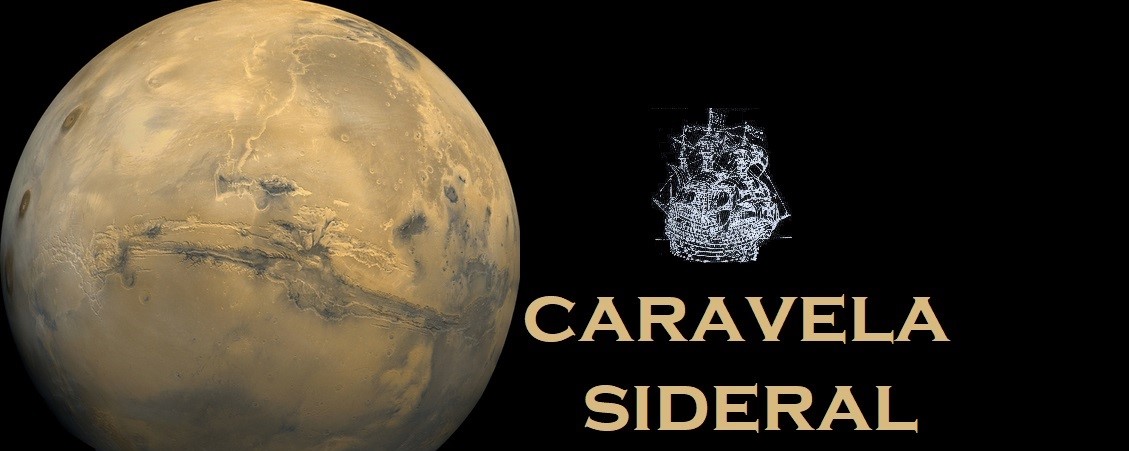 |
Preview of the future array of Cherenkov telescopes, which ESO will build in Chile and which is will be a part of the CTA.
Antevisão do futuro conjunto de telescópios Cherenkov, que a ESO vai construir no Chile e que será uma parte do CTA.
Image ESO |
The Cherenkov Telescope Array (CTA) will be the world's largest observatory for the detection of high energy gamma rays emitted by supernovae, pulsars, binary stellar systems and giant black holes in our galaxy and universe.
Gamma rays do not reach the ground but collide with the Earth's atmosphere producing a cascade of subatomic particles that travel faster than light in the air, producing a blue light flash, the Cherenkov radiation, of very short duration and not visible to human eyes, but wich can be detected by specialized telescopes with large mirrors and high-speed cameras.
O Cherenkov Telescope Array (CTA) vai ser o maior observatório do mundo para a detecção de raios gama de alta energia emitidos por supernovas, pulsares, sistemas estelares binários e gigantescos buracos negros na nossa galáxia e no universo.
Os raios gama não atingem o solo, mas colidem com a atmosfera terrestre produzindo uma cascata de partículas subatómicas que viajando mais depressa do que a luz no ar, produzem um clarão de luz azul, a radiação Cherenkov, de ínfima duração e que não é visível aos olhos humanos, mas que pode ser detectada por telescópios especializados, com grandes espelhos e câmaras de alta velocidade.
 |
Scheme that explains how telescopes detect the Cherenkov radiation.
Esquema que explica o modo como os telescópios detectam a radiação Cherenkov
Image CTA |
The Cherenkov Telescope Array will consist of two observatories, one in the northern hemisphere, in the Spanish archipelago of the Canaries and the other in the southern hemisphere in Chile, to be built by ESO, European Southern Observatory.
O Cherenkov Telescope Array será constituído por dois observatórios, um no hemisfério norte, no arquipélago espanhol das Canárias e o outro no hemisfério sul, no Chile, que será construído pelo ESO, European Southern Observatory.
 |
Scheme of distribution of future telescopes in the southern and northern observatories.
Esquema da distribuição dos futuros telescópios nos observatórios do sul e do norte.
Image CTA |
In the Canary Islands there is already a small gamma-ray observatory, MAGIC, Major Atmospheric Gamma Imaging Cherenkov, consisting of two telescopes with 17 meters in diameter, which can be seen in the image below.
Nas Canárias existe já um pequeno observatório de raios gama, o MAGIC, Major Atmospheric Gamma Imaging Cherenkov, constituído por dois telescópios com 17 metros de diâmetro, que pode ver na imagem em baixo.
 |
MAGIC, the embryo of the future and giant Cherenkov Telescope Array.
MAGIC, o embrião do futuro e gigantesco Cherenkov Telescope Array .
Image CTA |































